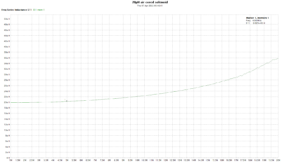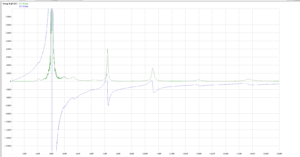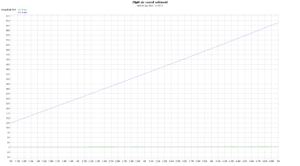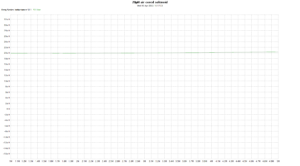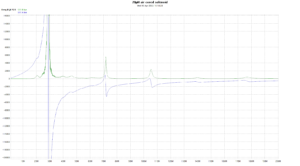A VNA is usually calibrated by the user at some chosen reference plane using standard parts, commonly an open circuit, short circuit, and nominal (50Ω) load. As a result of this OSL calibration, the VNA is able to correct measured s11 to that reference plane, and display its results wrt that reference plane.
There are occasions where it is not possible, or not convenient to locate the DUT at the reference plane. This article discusses the problem created, and some solutions that might give acceptable accuracy for the application at hand.
The discussion assumes the VNA is calibrated for nominal 50+j0Ω.
Above is a diagram of a configuration where the unknown Zl is not located exactly at the reference plane, but at some extension. Continue reading NanoVNA – Port 1 port extension




